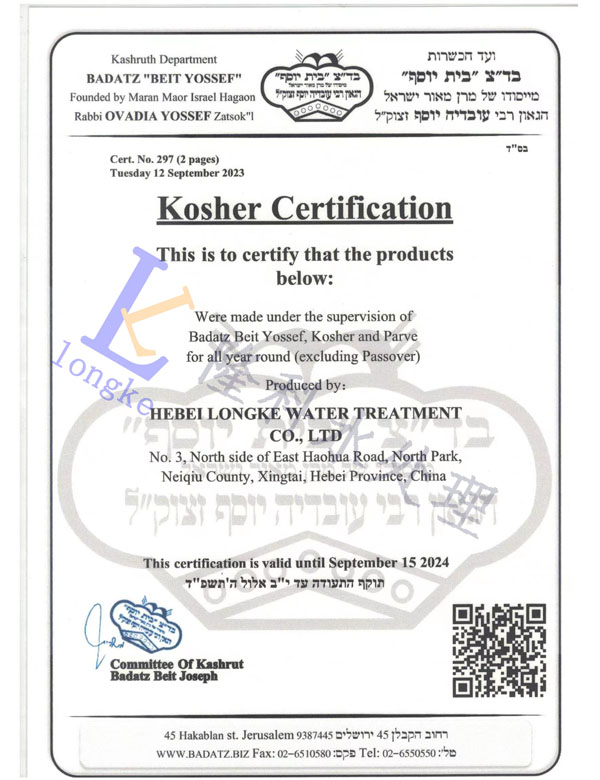polyaluminium chloride ph
Understanding the pH of Polyaluminium Chloride A Comprehensive Overview
Polyaluminium chloride (PAC) is an inorganic polymer commonly used as a coagulant in water treatment processes and in various industrial applications. One of the critical factors in its effectiveness is the pH level at which it operates. Understanding the pH of PAC is essential for optimizing its performance, ensuring effective coagulation, and maintaining water quality.
What is Polyaluminium Chloride?
PAC is derived from the hydrolysis of aluminium chloride in water, resulting in a product that has a high charge density. It exists in various forms, including liquid and solid, and is recognized for its efficiency in removing impurities from water, such as suspended solids, color, and organic matter. Its unique structure allows it to bridge between particulate matter, facilitating their aggregation and settling.
The Importance of pH in PAC Performance
The pH level of the water being treated significantly influences the coagulation process. PAC operates efficiently within a specific pH range, typically between 6.5 to 8.5. At this optimal range, PAC exhibits the highest charge neutralization capability, leading to enhanced coagulation. When the pH falls below 6.5, the effectiveness of PAC diminishes due to the increased solubility of aluminium ions, which interferes with the coagulation process. Conversely, at higher pH levels, aluminium can precipitate out of the solution, reducing the availability of active coagulant.
Moreover, the pH not only affects the coagulation efficiency but also impacts the residual aluminium in treated water. It's crucial to manage the pH levels carefully to limit the residual aluminium, as excessive aluminium can pose health risks to consumers and negatively affect aquatic life.
polyaluminium chloride ph

pH Adjustment Techniques
To maintain the optimal pH for PAC operation, water treatment facilities often employ various pH adjustment methods. Common agents used for raising pH levels include sodium hydroxide and lime, while sulfuric acid is used for lowering pH levels. By monitoring and adjusting the pH of the water before PAC addition, operators can ensure that the coagulant works effectively, thus achieving better water clarity and quality.
Challenges and Considerations
While PAC is a highly effective coagulant, challenges can arise regarding pH control. Inconsistent pH levels during water treatment can lead to variations in coagulation performance. Additionally, environmental factors, such as the composition of the raw water, can affect pH stability. Therefore, continuous monitoring and adjustment are essential to ensure the reliability and efficiency of the treatment process.
Conclusion
In conclusion, the pH of polyaluminium chloride is a critical factor influencing its coagulation performance in water treatment. Understanding how pH affects PAC helps operators design more effective treatment strategies, resulting in improved water quality. Careful monitoring and adjustment of pH levels can optimize the benefits of PAC, ensuring its efficacy while safeguarding public health and the environment. As the demand for clean water continues to grow, the role of PAC and its pH considerations will remain vital in the water treatment industry.
-
Understanding Polycarboxylic Acids: Properties, Applications, and Future PotentialNewsJul.28,2025
-
Scale Inhibitor Explained: How to Protect Your System from Limescale and Hard Water DamageNewsJul.28,2025
-
Scale and Corrosion Inhibitors: Essential Chemicals for Industrial Water System ProtectionNewsJul.28,2025
-
Polyaspartic Acid: A Biodegradable Polymer for Sustainable ChemistryNewsJul.28,2025
-
Isothiazolinones: A Versatile Antimicrobial Class with Industrial Power and Regulatory ChallengesNewsJul.28,2025
-
A Deep Dive into 2-Phosphonobutane-1,2,4-Tricarboxylic Acid (PBTC)NewsJul.28,2025





